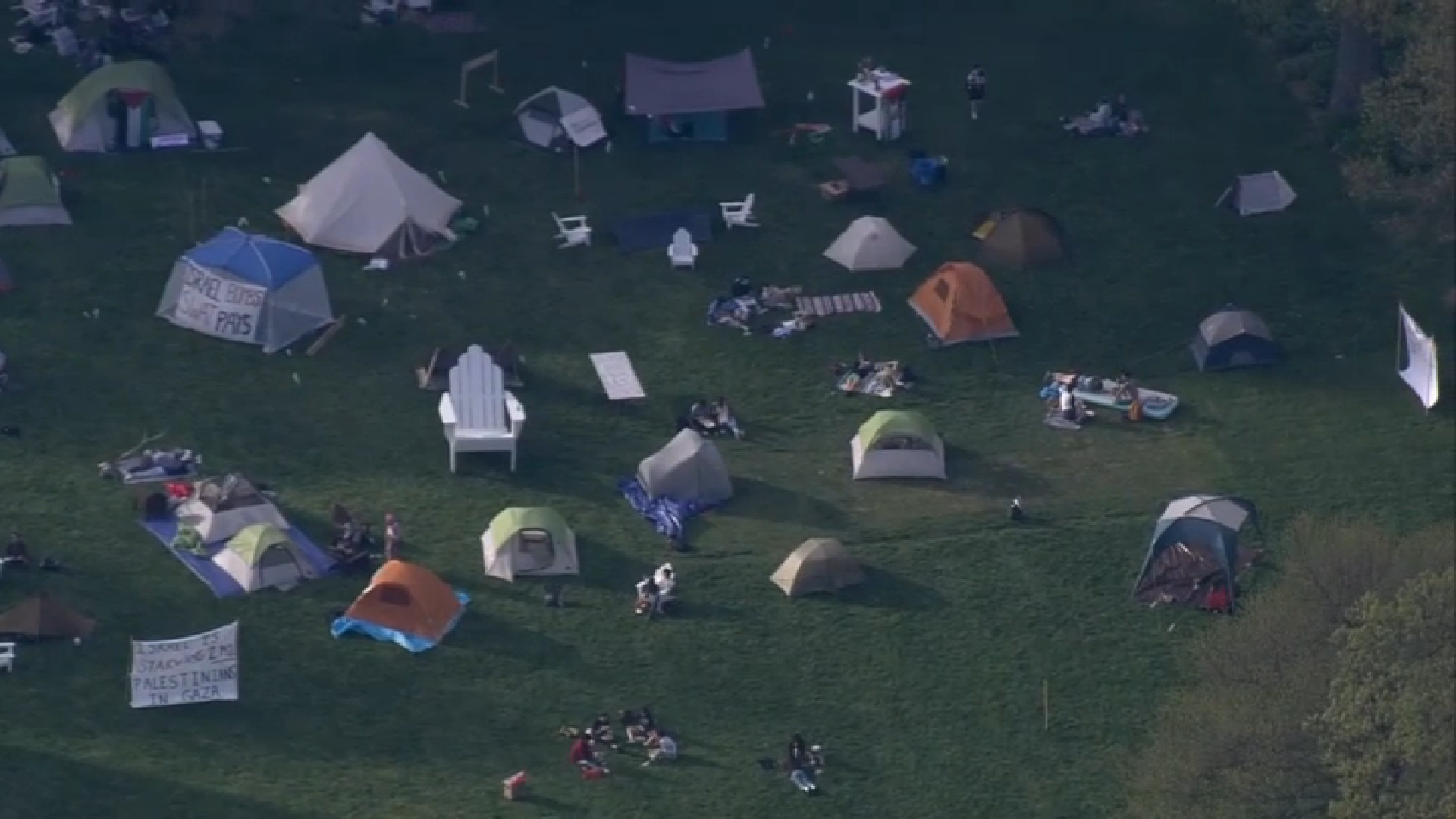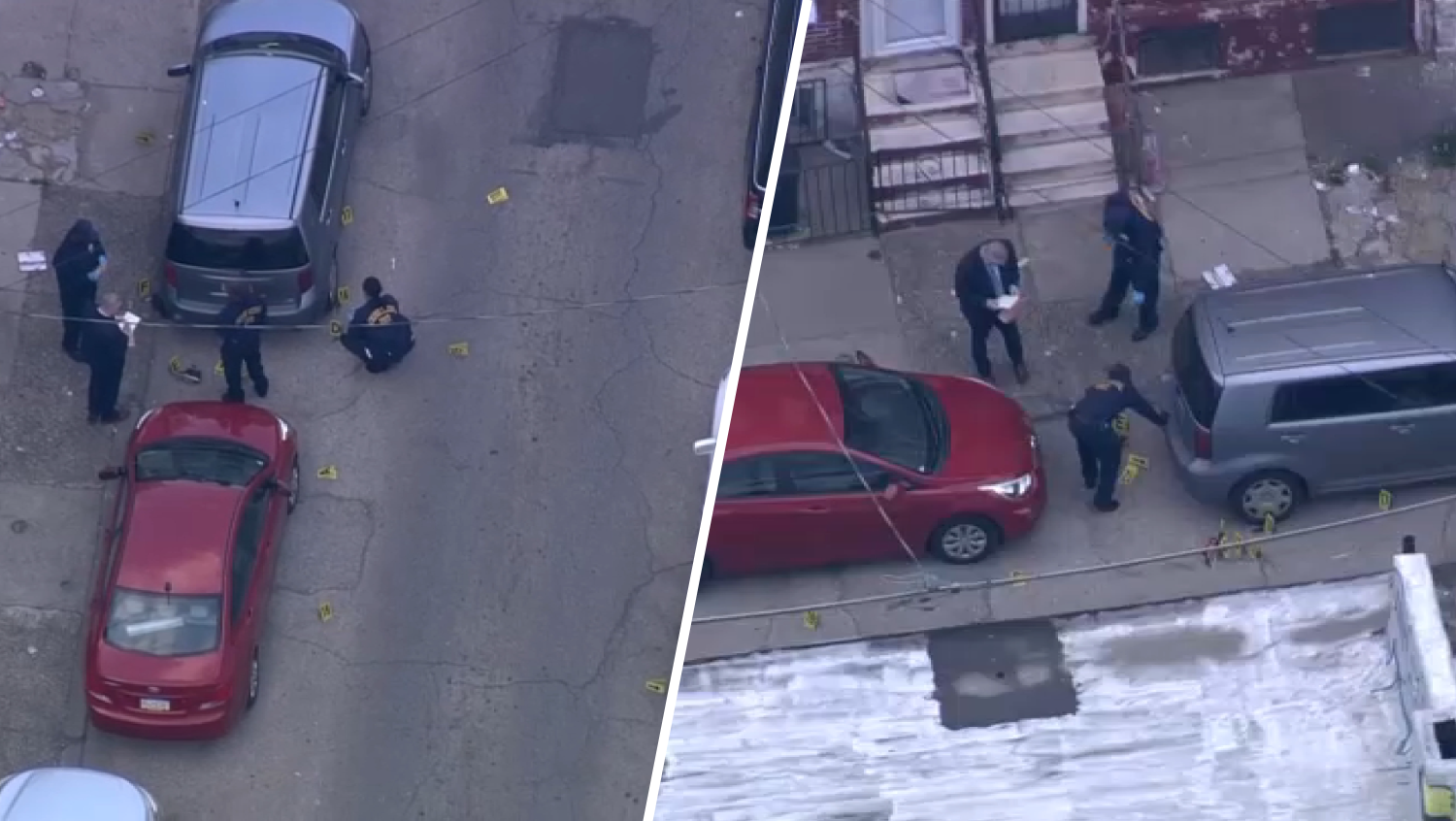The death of a 56-year-old Sussex County man marks the first heat-related death of the year in Delaware.
Though an autopsy has yet to be performed, preliminary findings from the Medical Examiner’s Office indicate heat exposure was a contributing factor in the man's death. He also had an underlying medical condition, the autopsy shows.
Officials with the Delaware Division of Public Health said his death is a reminder of the risks associated with excessive temperatures and humidity. Everyone is susceptible to heat illness, but the medically vulnerable are at a higher risk, they warned.
Dr. Karyl Rattay, director of the Division of Public Health, emphasizes the importance of having an emergency plan during a heat wave and knowing the warning signs of different heat illnesses.
“There are many scenarios you need to anticipate,” Rattay said. “Do you have a plan if you lose power? Where can you go to cool down and be safe if you have no air-conditioning or lose power? Do you know how to safely cool yourself or a loved one down if they are suffering from excess heat? Do you know when to call 911?”
Delaware Health and Social Services recommends following these simple tips to avoid heat illness:
- Do not leave a child alone in a parked car, and check in on seniors and individuals with disabilities.
- Carry water around and drink continuously, even if you’re not thirsty, and avoid drinks containing sugar, alcohol, and caffeine since they dehydrate the body.
- Avoid heat by staying indoors on the lowest level possible.
- Wear lightweight, light-colored clothing and wear a hat or use an umbrella. Sunscreen is also good to remember. Sunburn slows the skin’s ability to cool itself and has been linked to skin cancer.
Local
Breaking news and the stories that matter to your neighborhood.
For more information on preventing heat illness, visit the CDC’s web page on water basics.
Two dangerous forms of heat illness to watch out for are heat exhaustion and heat stroke.
Heat exhaustion occurs when a person is overheated along with reduced or unbalanced intake of fluids. Symptoms to look for include dehydration, fatigue, weakness, clammy skin, headache, nausea and/or vomiting, rapid breathing, irritability and fainting.
If heat exhaustion occurs, move the person out of the sun. Loosen or remove their clothing, and encourage them to eat and drink. Get the heat exhaustion victim to a cool shower or bath, and call your doctor for further advice.
Heat stroke occurs when the body can no longer cool itself, and can be a life-threatening event requiring prompt medical treatment. Symptoms include flushed, hot and dry skin with no sweating, a body temperature above 103 degrees Fahrenheit taken orally, severe headache, weakness, dizziness, or confusion, fatigue, decreased responsiveness and loss of consciousness.
If heat stroke occurs, call 911 immediately. Move the victim indoors or into shade. Get them into a cool shower or bath, or wipe them down with soaked cool washcloths while awaiting emergency responders.
For more information, visit the CDC’s Extreme Heat Warning web page.



